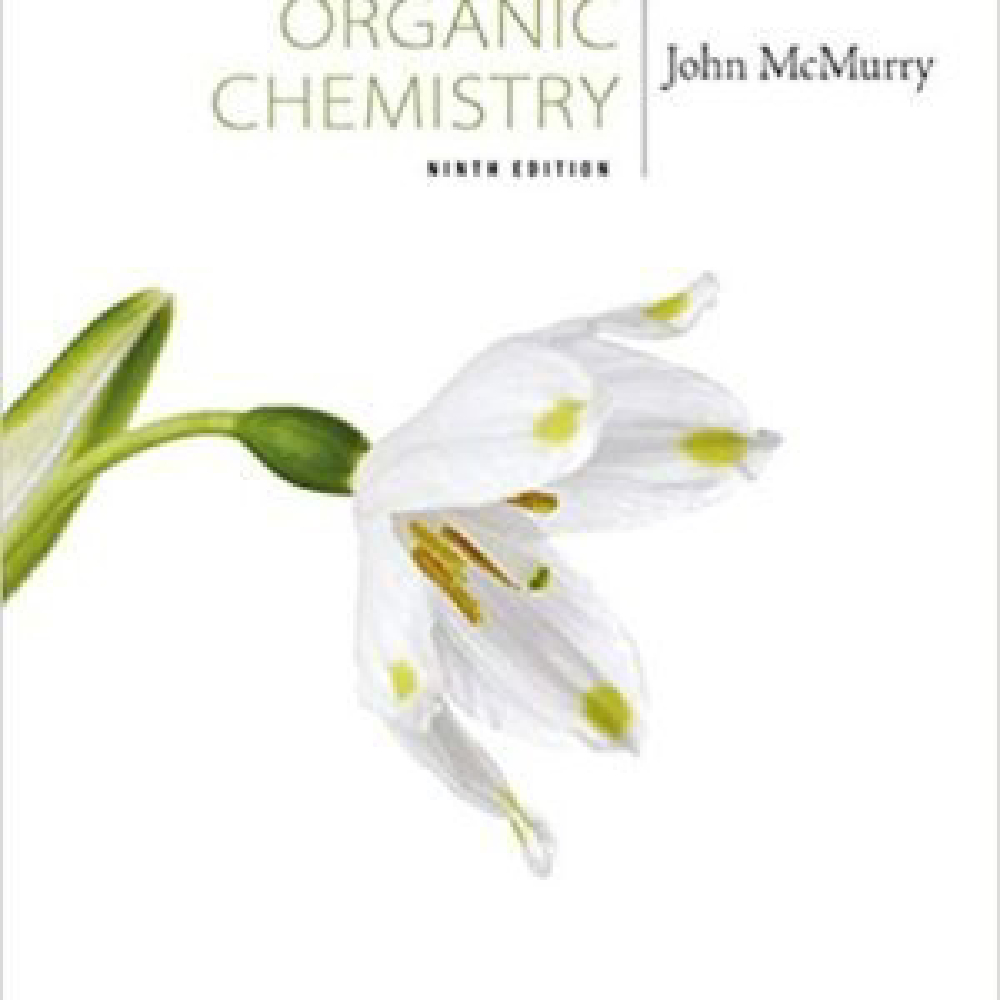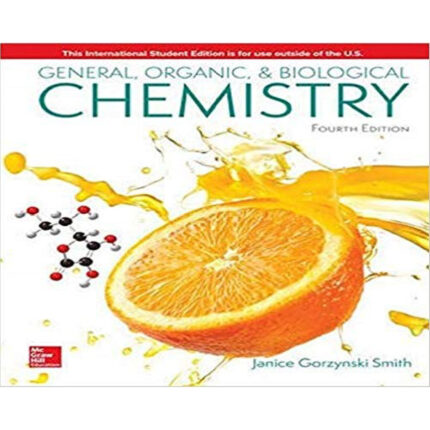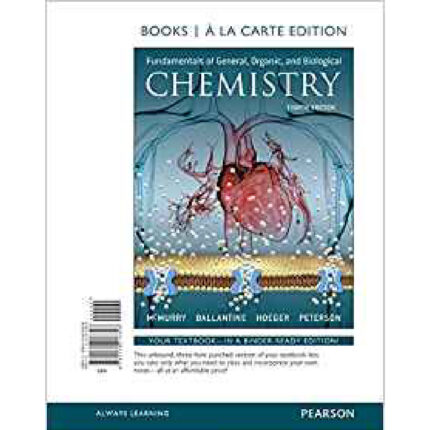6. Refer to Exhibit 11-2.
a. Which reaction would be predicted to be faster?
b. Explain your answer to the question in part a.
ANSWER: a. b
b. −SH is a better nucleophile than −OH because nucleophilicity usually increases in going down a column of the periodic table and sulfur is below oxygen in group 6A.
POINTS: 1
7. The original question has been combined with question #6 as part b. This placeholder question is here to maintain the integrity of the numbering system between the printed copy and ExamView. Therefore, it has been marked “do not use on test” in ExamView’s question information dialog. As a result, this placeholder question is automatically prevented from being chosen as a test question.
ANSWER: Answer not provided.
POINTS: 1
8. Refer to Exhibit 11-2. The mechanism for these reactions is:
a. SN1
b. SN2
c. E1
d. E2
ANSWER: b
POINTS: 1
9. Refer to Exhibit 11-3.
a. Which reaction above is faster?
b. Explain your answer to the question in part a.
ANSWER: a. a
b. The conversion of tert-butyl chloride to tert-butyl alcohol proceeds faster in 70% H2O/30% CH3OH than in 50% H2O/50% acetone because SN1 reactions are faster in more polar solvents. Acetone (dielectric polarization, P = 20.7) is less polar than CH3OH (P = 33.6), and the percentage of H2O is higher in the water/methanol system.
POINTS: 1
10. The original question has been combined with question #9 as part b. This placeholder question is here to maintain the integrity of the numbering system between the printed copy and ExamView. Therefore, it has been marked “do not use on test” in ExamView’s question information dialog. As a result, this placeholder question is automatically prevented from being chosen as a test question.
ANSWER: Answer not provided.
POINTS: 1
11. Refer to Exhibit 11-3. The kinetics of these reactions are:
a. second-order
b. first-order in nucleophile
c. not measurable
d. first-order in alkyl halide
ANSWER: d
POINTS: 1
13. Refer to Exhibit 11-4. The solvent in these reactions is:
a. nonpolar aprotic
b. polar aprotic
c. polar protic
d. nonpolar protic
ANSWER: b
POINTS: 1
14. Refer to Exhibit 11-4. The nucleophile in these reactions is:
a. K+
b. alkyl group
c. Br−
d. I−
ANSWER: d
POINTS: 1
15. Refer to Exhibit 11-4. Which reaction is faster?
ANSWER: b
POINTS: 1
16. Refer to Exhibit 11-4. The mechanism for these reactions is:
a. SN2
b. E2
c. SN1
d. E1
ANSWER: a
POINTS: 1
17. Refer to Exhibit 11-5.
a. Which reaction above is faster?
b. Explain your answer to the question in part a.
ANSWER: a. b
b. Tosylate anion is a better leaving group than amide ion; tosylate is the weak conjugate base of a strong acid, while amide is the strong conjugate base of a weak acid.
POINTS: 1
18. The original question has been combined with question #17 as part b. This placeholder question is here to maintain the integrity of the numbering system between the printed copy and ExamView. Therefore, it has been marked “do not use on test” in ExamView’s question information dialog. As a result, this placeholder question is automatically prevented from being chosen as a test question.
ANSWER: Answer not provided.
POINTS: 1
19. Refer to Exhibit 11-5. Doubling the concentration of potassium hydroxide in these reactions:
a. causes the reaction mechanism to change
b. halves the rate of reaction
c. has no effect on the rate of reaction
d. doubles the rate of reaction
ANSWER: d
POINTS: 1
20. Refer to Exhibit 11-5. The mechanism for these reactions is:
a. SN2
b. E2
c. SN1
d. E1
ANSWER: b
POINTS: 1













Reviews
There are no reviews yet.